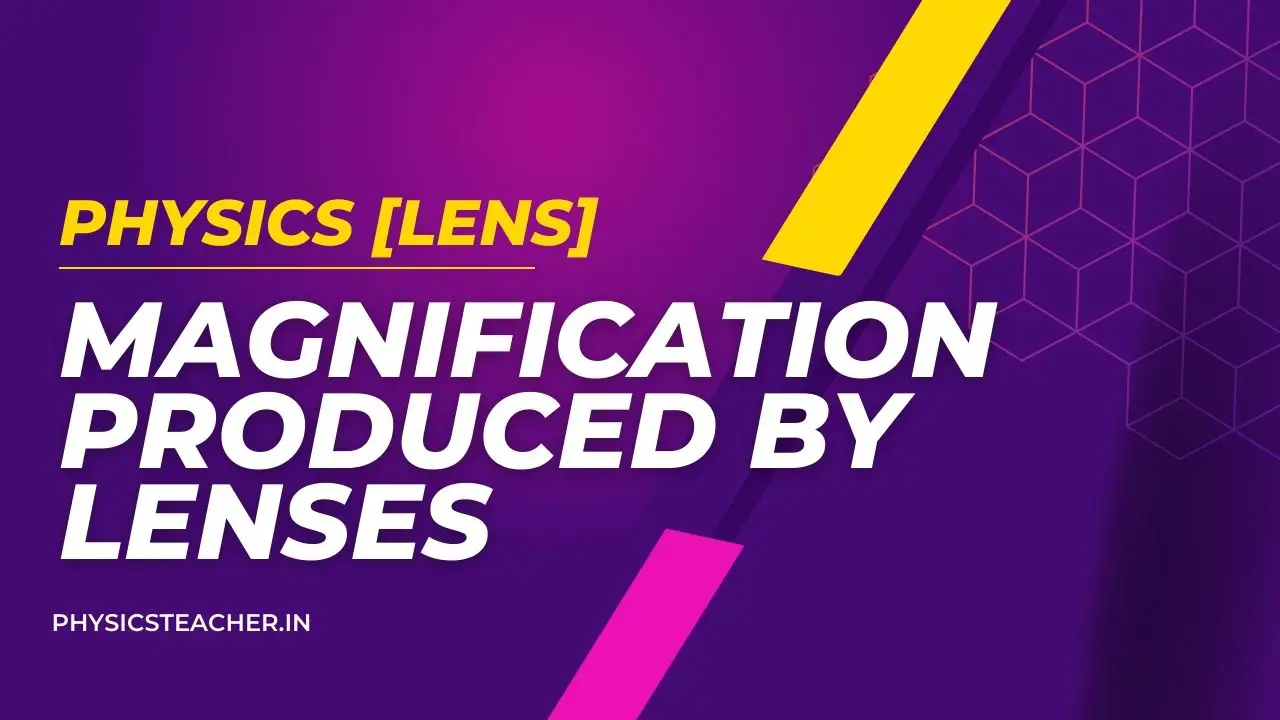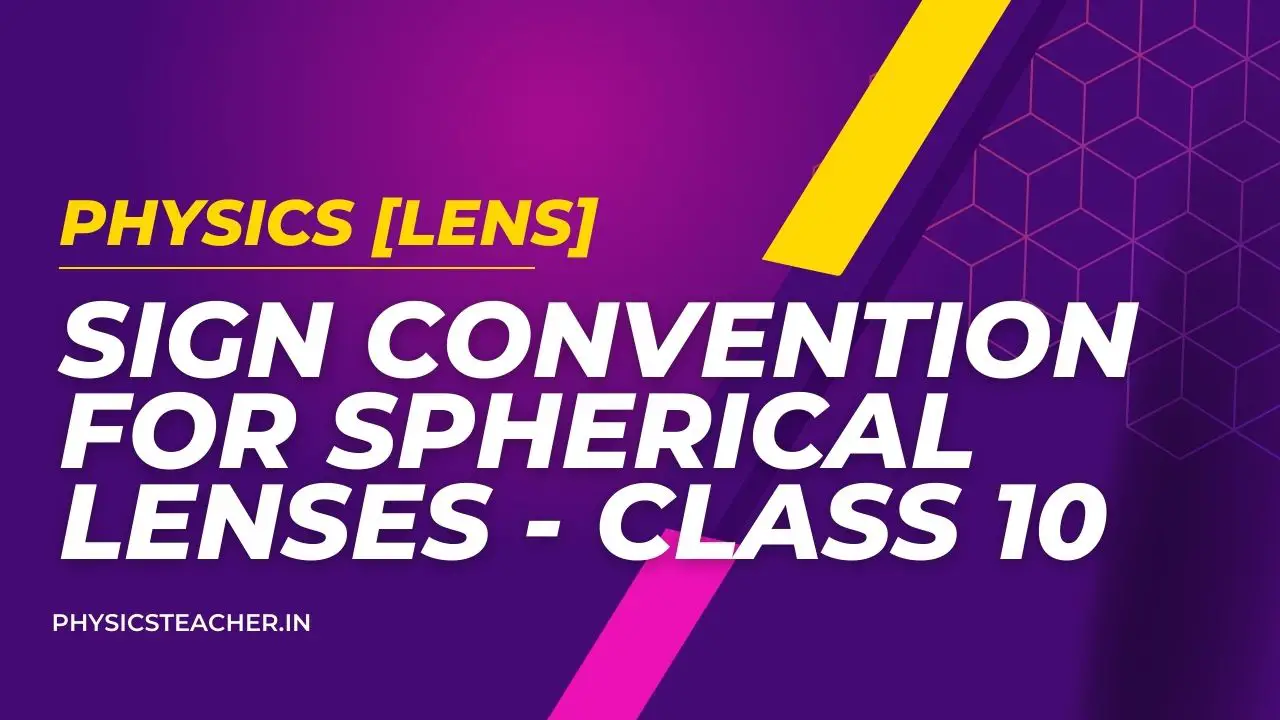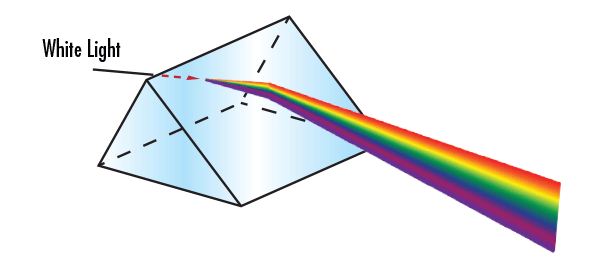Verification of Snell’s law of refraction (and hence finding the refractive index of glass)
This experiment is on the Verification of Snell’s law of refraction (and hence finding the refractive index of glass). Experiment: Verification of Snell’s law of refraction Apparatus: light box, glass block, and protractor Method: (refer to the diagram above) Now we have to plot a graph of sin i against sin r. A straight line […]



